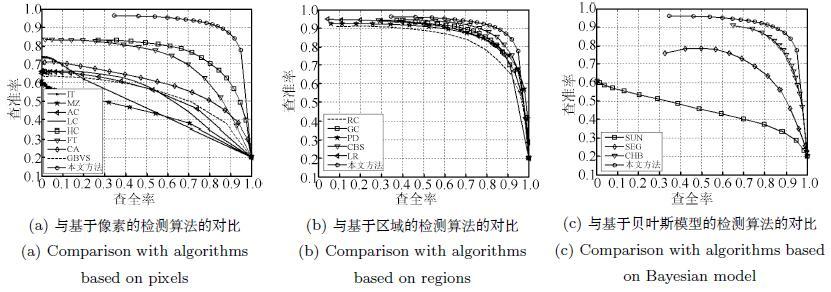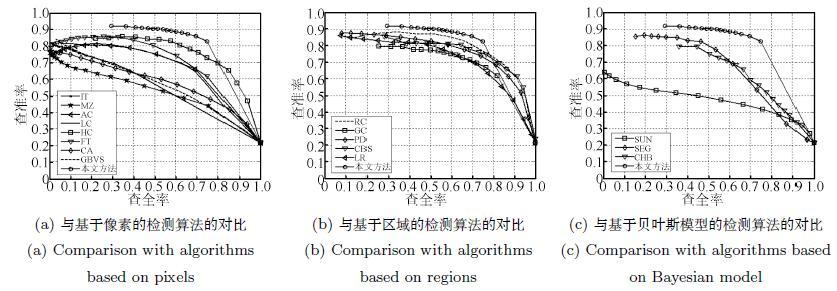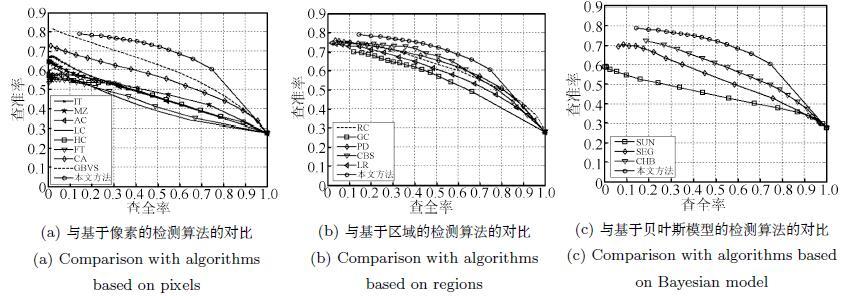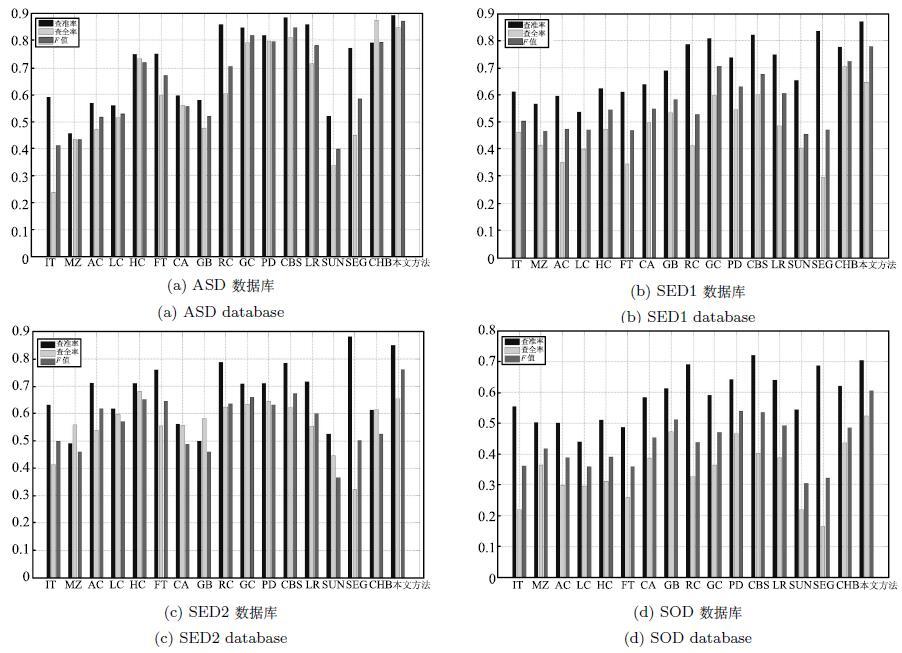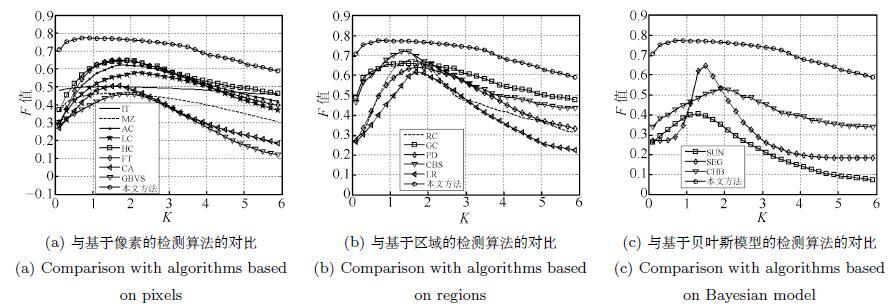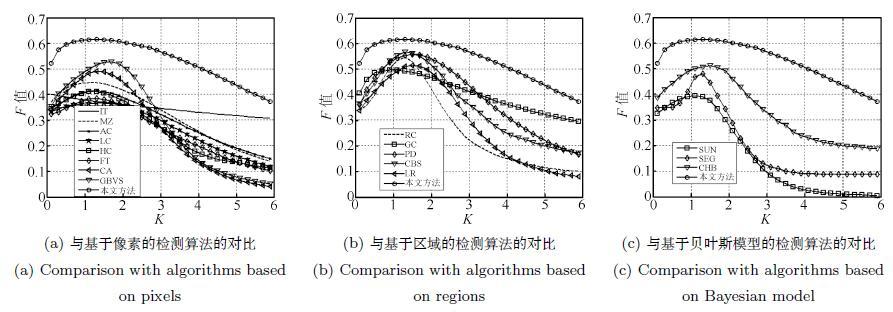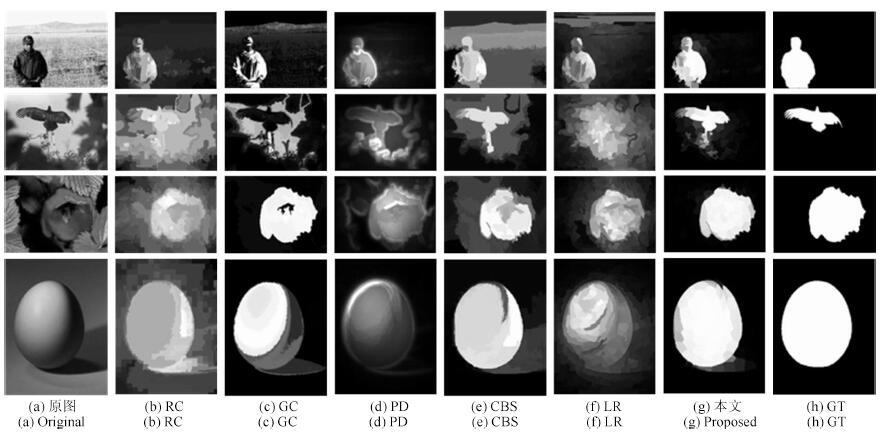|
[1]
|
江晓莲, 李翠华, 李雄宗. 基于视觉显著性的两阶段采样突变目标跟踪算法. 自动化学报, 2014, 40(6):1098-1107 http://www.aas.net.cn/CN/abstract/abstract18379.shtmlJiang Xiao-Lian, Li Cui-Hua, Li Xiong-Zong. Saliency based tracking method for abrupt motions via two-stage sampling. Acta Automatica Sinica, 2014, 40(6):1098-1107 http://www.aas.net.cn/CN/abstract/abstract18379.shtml
|
|
[2]
|
马儒宁, 涂小坡, 丁军娣, 杨静宇. 视觉显著性凸显目标的评价. 自动化学报, 2012, 38(5):870-876 doi: 10.3724/SP.J.1004.2012.00870Ma Ru-Ning, Tu Xiao-Po, Ding Jun-Di, Yang Jing-Yu. To evaluate salience map towards popping out visual objects. Acta Automatica Sinica, 2012, 38(5):870-876 doi: 10.3724/SP.J.1004.2012.00870
|
|
[3]
|
Cheng M M, Zhang G X, Mitra N J, Huang X L, Hu S M. Global contrast based salient region detection. In:Proceedings of the 2011 IEEE Conference on Computer Vision and Pattern Recognition. Providence, RI:IEEE, 2011.409-416 http://www.ncbi.nlm.nih.gov/pmc/articles/PMC4691604/
|
|
[4]
|
Jiang H Z, Wang J D, Yuan Z J, Liu T, Zheng N N. Automatic salient object segmentation based on context and shape prior. In:Proceedings of the 22nd British Machine Vision Conference. Norwich, UK:British Machine Vision Association, 2011.110.1-110.12
|
|
[5]
|
Shen X H, Wu Y. A unified approach to salient object detection via low rank matrix recovery. In:Proceedings of the 2012 IEEE Conference on Computer Vision and Pattern Recognition. Providence, USA:IEEE, 2012.853-860
|
|
[6]
|
Koch C, Ullman S. Shifts in selective visual attention:towards the underlying neural circuitry. Human Neurobiology, 1985, 4(4):219-227 http://cseweb.ucsd.edu/classes/fa09/cse258a/papers/koch-ullman-1985.pdf
|
|
[7]
|
Achanta R, Hemami S, Estrada F, Süsstrunk S. Frequency-tuned salient region detection. In:Proceedings of the 2009 IEEE Conference on Computer Vision and Pattern Recognition. Miami, USA:IEEE, 2009.1597-1604 http://www.hindawi.com/journals/mpe/2016/8740593/ref/
|
|
[8]
|
Itti L, Koch C, Niebur E. A model of saliency-based visual attention for rapid scene analysis. IEEE Transactions on Pattern Analysis and Machine Intelligence, 1998, 20(11):1254-1259 doi: 10.1109/34.730558
|
|
[9]
|
Harel J, Koch C, Perona P. Graph-based visual saliency. In:Proceedings of the 21st Annual Conference on Neural Information Processing Systems. Vancouver B.C, Canada:MIT Press, 2007.545-552
|
|
[10]
|
Ma Y F, Zhang H J. Contrast-based image attention analysis by using fuzzy growing. In:Proceedings of the 11th ACM International Conference on Multimedia. New York, USA:ACM, 2003.374-381
|
|
[11]
|
Achanta R, Estrada F, Wils P, Süsstrunk S. Salient region detection and segmentation. In:Proceedings of the 6th International Conference on Computer Vision Systems. Santorin, Greece:Springer-Verlag, 2008.66-75
|
|
[12]
|
Zhai Y, Shah M. Visual attention detection in video sequences using spatiotemporal cues. In:Proceedings of the 14th ACM International Conference on Multimedia. New York, USA:ACM, 2006.815-824
|
|
[13]
|
Goferman S, Zelnik-Manor L, Tal A. Context-aware saliency detection. In:Proceedings of the 2010 IEEE Conference on Computer Vision and Pattern Recognition. San Francisco, USA:IEEE, 2010.2376-2383 http://www.oalib.com/references/16882599
|
|
[14]
|
Cheng M M, Warrell J, Lin W Y, Zheng S, Vineet V, Crook N. Efficient salient region detection with soft image abstraction. In:Proceedings of the 2013 IEEE International Conference on Computer Vision. Sydney, Australia:IEEE, 2013.1529-1536
|
|
[15]
|
Gopalakrishnan V, Hu Y Q, Rajan D. Salient region detection by modeling distributions of color and orientation. IEEE Transactions on Multimedia, 2009, 11(5):892-905 doi: 10.1109/TMM.2009.2021726
|
|
[16]
|
Margolin R, Tal A, Zelnik-Manor L. What makes a patch distinct? In:Proceedings of the 2013 IEEE Conference on Computer Vision and Pattern Recognition. Portland, USA:IEEE, 2013.1139-1146
|
|
[17]
|
Alexe B, Deselaers T, Ferrari V. Measuring the objectness of image windows. IEEE Transactions on Pattern Analysis and Machine Intelligence, 2012, 34(11):2189-2202 doi: 10.1109/TPAMI.2012.28
|
|
[18]
|
刘培娜, 刘国军, 郭茂祖, 刘扬, 李盼. 非负局部约束线性编码图像分类算法. 自动化学报, 2015, 41(7):1235-1243 http://www.aas.net.cn/CN/abstract/abstract18697.shtmlLiu Pei-Na, Liu Guo-Jun, Guo Mao-Zu, Liu Yang, Li Pan. Image classification based on non-negative locality-constrained linear coding. Acta Automatica Sinica, 2015, 41(7):1235-1243 http://www.aas.net.cn/CN/abstract/abstract18697.shtml
|
|
[19]
|
贺建军, 张俊星, 贾思齐, 刘文鹏, 许爽, 崔艳秋. 一种新高斯过程分类算法. 控制与决策, 2014, 29(9):1587-1592 http://www.cnki.com.cn/Article/CJFDTOTAL-KZYC201409008.htmHe Jian-Jun, Zhang Jun-Xing, Jia Si-Qi, Liu Wen-Peng, Xu Shuang, Cui Yan-Qiu. A new Gaussian process classification algorithm. Control and Decision, 2014, 29(9):1587-1592 http://www.cnki.com.cn/Article/CJFDTOTAL-KZYC201409008.htm
|
|
[20]
|
Alpert S, Galun M, Basri R, Brandt A. Image segmentation by probabilistic bottom-up aggregation and cue integration. In:Proceedings of the 2007 IEEE Conference on Computer Vision and Pattern Recognition. Minneapolis, MN:IEEE, 2007.1-8 http://cn.bing.com/academic/profile?id=1536658092&encoded=0&v=paper_preview&mkt=zh-cn
|
|
[21]
|
Li X H, Lu H C, Zhang L H, Ruan X, Yang M H. Saliency detection via dense and sparse reconstruction. In:Proceedings of the 2013 IEEE International Conference on Computer Vision. Sydney, Australia:IEEE, 2013.2976-2983 http://www.researchgate.net/publication/268520429_Saliency_Detection_Based_on_Conditional_Random_Field_and_Image_Segmentation
|
|
[22]
|
Li G B, Yu Y Z. Visual saliency based on multiscale deep features. In:Proceedings of the 2015 IEEE Conference on Computer Vision and Pattern Recognition. Boston, USA:IEEE, 2015.5455-5463
|
|
[23]
|
Zhang L Y, Marks T K, Tong M H, Shan H H, Cottrell G W. SUN:a Bayesian framework for saliency using natural statistics. Journal of Vision, 2008, 8(7):1-20 doi: 10.1167/8.7.1
|
|
[24]
|
Rahtu E, Kannda J, Salo M, Heikkilä. Segmenting salient objects from images and videos. In:Proceedings of the 11th European Conference on Computer Vision. Crete, Greece:Springer-Verlag, 2010.366-379
|
|
[25]
|
Xie Y L, Lu H B, Yang M H. Bayesian saliency via low and mid level cues. IEEE Transactions on Image Processing, 2013, 22(5):1689-1698 doi: 10.1109/TIP.2012.2216276
|





 下载:
下载:


